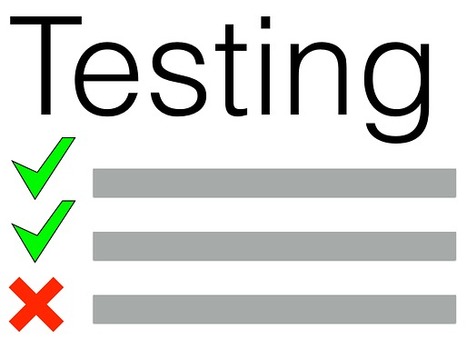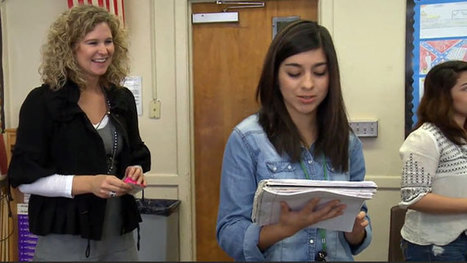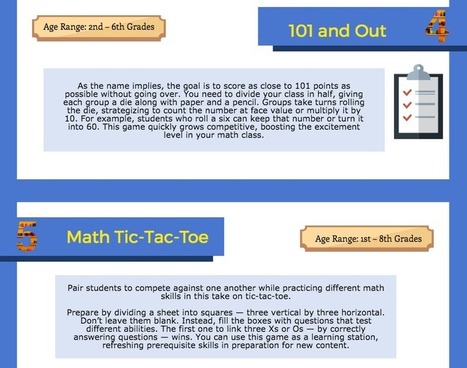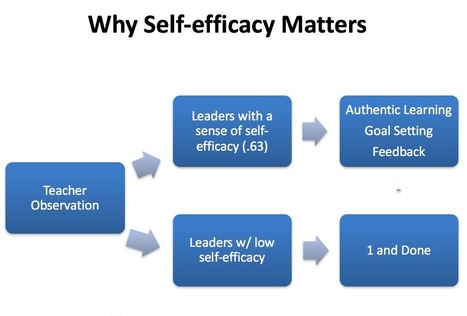Carl Hendrick, Wellington College, UK; Author Jim Heal, Deans for Impact, USA One of the difficulties with determining what is effective in a classroom is that very often, what looks like it should work does not and vice versa. Take, for example, the notion of engagement. On the surface, this woul
Via Peter Mellow



 Your new post is loading...
Your new post is loading...




![45 Fun Brain Teasers for Kids [With Answers] via Laney Kennedy | Educational Pedagogy | Scoop.it](https://img.scoop.it/Km0s_8au7w8Sttq3HJMacTl72eJkfbmt4t8yenImKBVvK0kTmF0xjctABnaLJIm9)

































